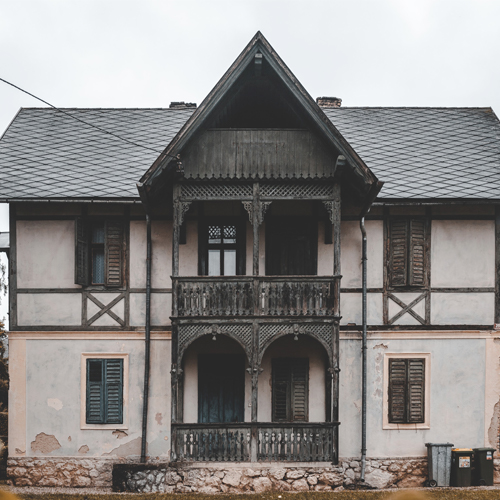You snagged a house in the perfect location. Your initial plan was to renovate, and turn around and sell the house within a year to make a profit.
Three years into your flip, you realize this house just became your home for the foreseeable future.
When flipping a house, there are different types of coverage, so you will want to be sure that if this is going to now be your primary residence, you have the appropriate homeowners insurance. And, even if you have homeowners insurance, after the extensive renovations that you’ve already made, your coverage no longer matches the value of your home. Therefore, the coverages needed will change over the home’s lifetime. If this situation sounds familiar, you may want to reach out to your iSCHURING agent to let them know what improvements have been made in order to ensure that your home is valued correctly.
What are the different types of coverage?
Below are different coverages that you may have on your flip home. Now that it has become your primary residence, you will need a homeowners policy. A homeowners policy may include some pieces that the categories below do, but protects your personal belongings as well as your building as your new home. For more information on securing a homeowners policy, you can chat with an iSCHURING agent or submit your information to get a quote now!
Builder’s Risk Policy: This is a policy mainly taken out on homes that need extensive construction. It protects the homeowners during the contraction period, but you will want to be sure that appropriate provisions are included in the policy. Once construction is complete, you will need to secure a different type of policy.
Pro tip: if you are hiring out contractors , absolutely be sure that they are licensed and insured.
Dwelling Policy: Includes the home structure but not the personal belongings inside. While this may be a good option for a flip home, if you have moved in for the foreseeable future you may want to consider more coverage.
Liability Insurance: Protects the owner(s) and investors in the event that an injury occurs at the property.
Vacant Home Insurance: If the property will sit empty for 30-60 days, this is an option to consider. While a standard homeowners policy doesn’t cover vacant homes, this coverage is a good option to provide protection in the event of theft, fire, vandalism or water damage. If this is the type of coverage that you opted for on your flip, then you definitely need a new type of policy if ti has become your place of residence.
Why is it important to change to a homeowners policy for the current value of my home?
Say something terrible happens, such as a fire or other disaster, and your home is a total loss. If your insured value is much lower than the current value of your home at the time of the disaster, you will only be able to collect off of that initial lower value because you did not make sure that your home was insured for the current value.
It doesn’t have to be a total loss for it to make sense to keep your insurer updated to the value of your home, either. A $2,000 kitchen that you’ve renovated to become a $50,000 kitchen is important for your carrier to know. This will ensure that should something happen and a claim be needed, the claim reflects the current value of the home so that you can be compensated appropriately.
More questions?
If you have more questions, check out this article that may help. Or, contact us so a professional agent can promptly assist!
iSCHURING’s Resource Center is meant to provide an overview of the topic, rather than an in-depth review. When deciding how this information applies to your specific situation, we recommend discussing with an iSCHURING licensed insurance agent. Any information provided at iSCHURING may also need to be reviewed by an attorney or tax consultant to determine the best course of action for your unique situation. No information may be copied, reprinted or otherwise reproduced without the expressed written consent of iSCHURING.com.







